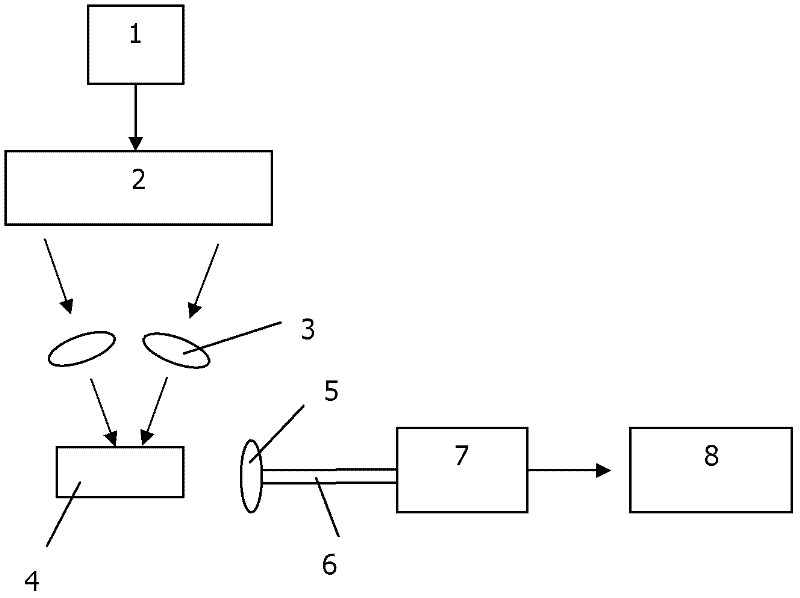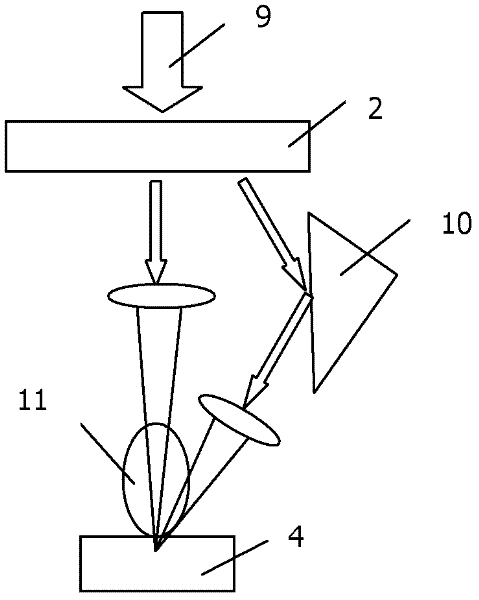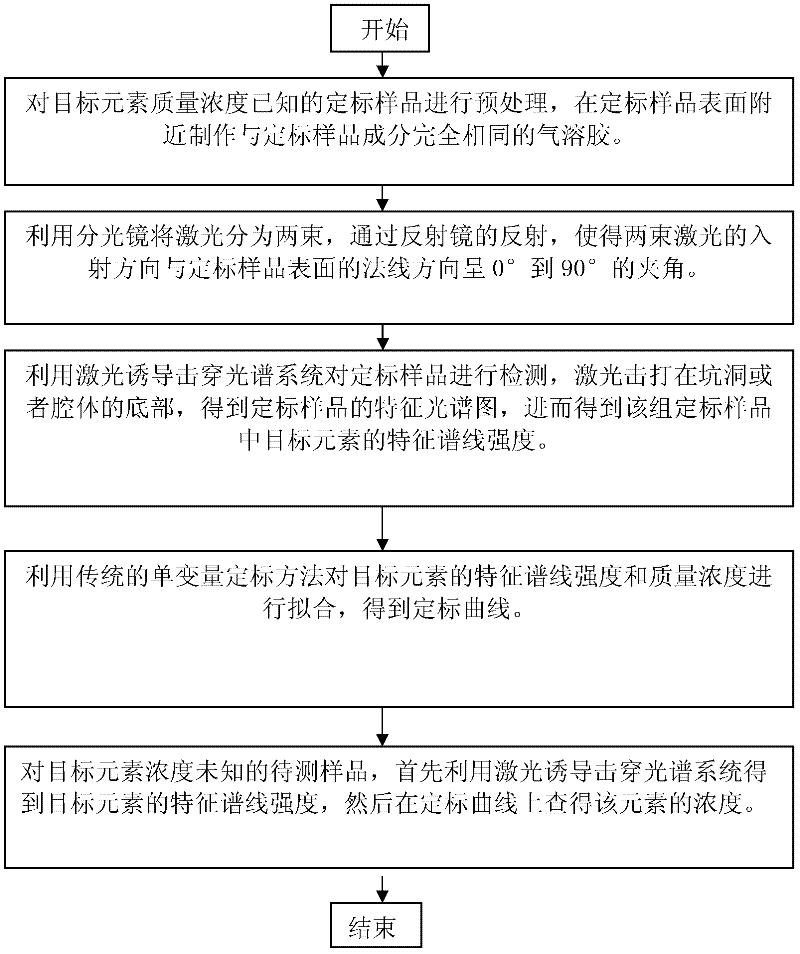Method for Measuring Element Concentration Based on Spectroscopic Laser-Induced Breakdown Spectroscopy
A laser-induced breakdown and spectral measurement technology, applied in the field of atomic emission spectroscopy, can solve the problems of inability to achieve accuracy, increase laser-induced breakdown spectroscopy technology, inability to completely eliminate measurement uncertainty and various interferences, and achieve The effect of improving measurement accuracy, increasing repeatability, and increasing efficiency
- Summary
- Abstract
- Description
- Claims
- Application Information
AI Technical Summary
Problems solved by technology
Method used
Image
Examples
Embodiment
[0030] Taking the use of laser-induced breakdown spectroscopy to measure element C in coal as an example, the method of measuring element concentration based on laser-induced breakdown spectroscopy is described.
[0031] 1) First, ten standard coal samples with known mass concentrations of various elements are used for analysis. The mass concentration and volatile content of the main elements of each coal sample are shown in Table 1; using the method described in the technical scheme of the present invention, respectively Process the sample.
[0032] Table 1. Standard coal sample composition
[0033]
[0034]
[0035] 2) Use a laser-induced breakdown spectroscopy system to detect coal samples: using pulsed laser 1 as the excitation light source, the laser light emitted from the laser is first divided into two laser beams through a beam splitter 2 and is separated from the surface of the sample by the action of the reflector 10 The normal line is incident on the sample surface at an ...
PUM
 Login to View More
Login to View More Abstract
Description
Claims
Application Information
 Login to View More
Login to View More - R&D
- Intellectual Property
- Life Sciences
- Materials
- Tech Scout
- Unparalleled Data Quality
- Higher Quality Content
- 60% Fewer Hallucinations
Browse by: Latest US Patents, China's latest patents, Technical Efficacy Thesaurus, Application Domain, Technology Topic, Popular Technical Reports.
© 2025 PatSnap. All rights reserved.Legal|Privacy policy|Modern Slavery Act Transparency Statement|Sitemap|About US| Contact US: help@patsnap.com



